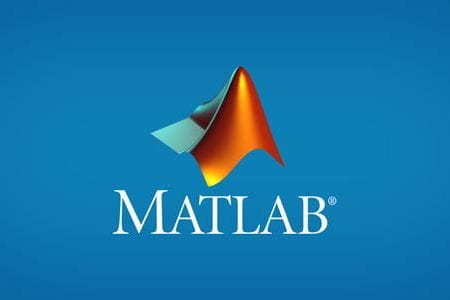
Amid the COVID-19 pandemic, research papers have been fast-tracked to publication. The pandemic has necessitated significant shifts in the scholarly publishing model that have resulted in research being made available at record speeds and, for most major publishers, available at no cost. Preprints have become mainstream. While many see these as positive changes, there is a darker side to this shift in scholarly publishing.
Predatory journals, known for their lack of peer review and willingness to publish any article written by someone able to pay the required Article Processing Charges (APCs), have been largely forgotten during the COVID-19 pandemic. Predatory journals are known for their promises of “rapid” publication. But in the time of COVID-19, quick publication has become the norm even among legitimate and highly respected journals. This has led to questions about the quality of peer review and has led to frequent retractions of COVID-19 related articles.
In a recent article published in The Journal of Academic Librarianship, Teixeria da Silva (2020) states that “the risks to the scholarly community, academic publishing and ultimately public health are at stake when exploitative and predatory publishing are left unchallenged.” Academics and the media alike are reading, discussing and trusting content that has not undergone a rigorous peer review process. “If one considers that this explosion in literature is directly affecting human lives and public health, astute academics need to be able to sift through pro-preprint propaganda, as well as poorly conducted peer review and editorial processing in peer reviewed journals, in order to be able to distinguish valid from invalid research” (Teixeria da Silva, 2020).
A recent study of predatory publishing in the COVID-19 era analyzed the prevalence of COVID-19-related articles published in known predatory journals. Between January and May 2020, the study found 350 articles were published in 109 predatory journals, and five of these journals were indexed in PubMed/MEDLINE (Vervoort & Shrime, 2020). The study estimated that the amount of money spent to cover APCs for these articles totaled $33,807.41 (Vervoort & Shrime, 2020).
Vervoort and Shrime (2020) highlighted three major concerns about predatory journals in light of the pandemic:
- "Loss of potential valuable biomedical and epidemiological information."
- "Spread of misinformation with potentially harmful or negligent consequences."
- "Money earned off of unknowing authors in times where many scientists and clinicians have taken pay cuts."
Retraction Watch highlighted a sting article entitled “SARS-CoV-2 was Unexpectedly Deadlier than Push-scooters: Could Hydroxychloroquine be the Unique Solution?” by authors claiming to be from “The Institute for Quick and Dirty Science” in Switzerland. The goal of this sting article was “to highlight a concerning paper in the Asian Journal of Medicine and Health, which they and others suspect of being a predatory publication” (Marcus, 2020). The “concerning paper” included among its authors several hydroxychloroquine partisans, and contains “errors of analysis, raises regulatory questions and sometimes misunderstand the appropriate terms” (Marcus, 2020).
The authors of the paper in question had claimed that their article was “proof of the efficacy of HCQ,” and that the journal in which it was published was “as serious as the Lancet” (Marcus, 2020). In an effort to prove that this same journal would indeed publish anything as long as the APC has been paid, the sting article authors set out to write and publish a bogus article in this journal. The article was indeed published! Although it has since been retracted due to “serious scientific fraud,” it would not have been published at all had any real peer review taken place prior to publication.
While there is a real need for legitimate research to be published quickly in order to increase our knowledge about COVID-19, authors and readers alike should remember that predatory journals have not taken time off during the pandemic. “The academic community has the duty to respond to these deeply perverse practices, and thereby protect fellow researchers and combat misinformation” (Vervoort & Shrime, 2020).
References:
Marcus, A. (2020). Hydroxychloroquine, push-scooters, and COVID-19: A journal gets stung and swiftly reacts. Retraction Watch, https://retractionwatch.com/2020/08/16/hydroxychloroquine-push-scooters-and-covid-19-a-journal-gets-stung-and-swiftly-retracts/
Teixeira da Silva. (2020). An alert to COVID-19 literature in predatory publishing venues. The Journal of Academic Librarianship. (46)5.
Vervoort, D., Ma, X., & Shrime, M. (2020). Money down the drain: predatory publishing in the COVID-19 era. Canadian Journal of Public Health. https://doi.org/10.17269/s41997-020-00411-5











